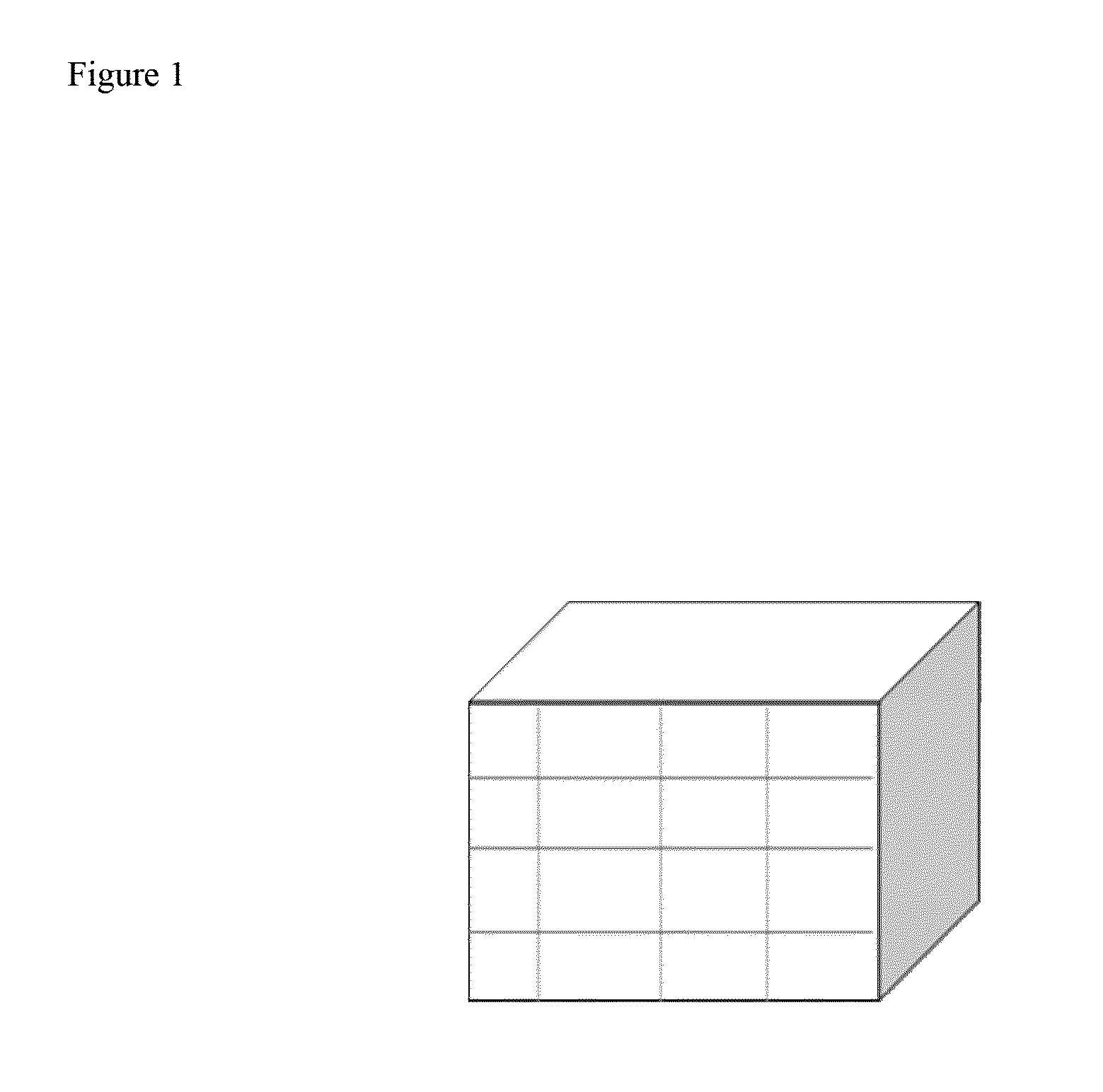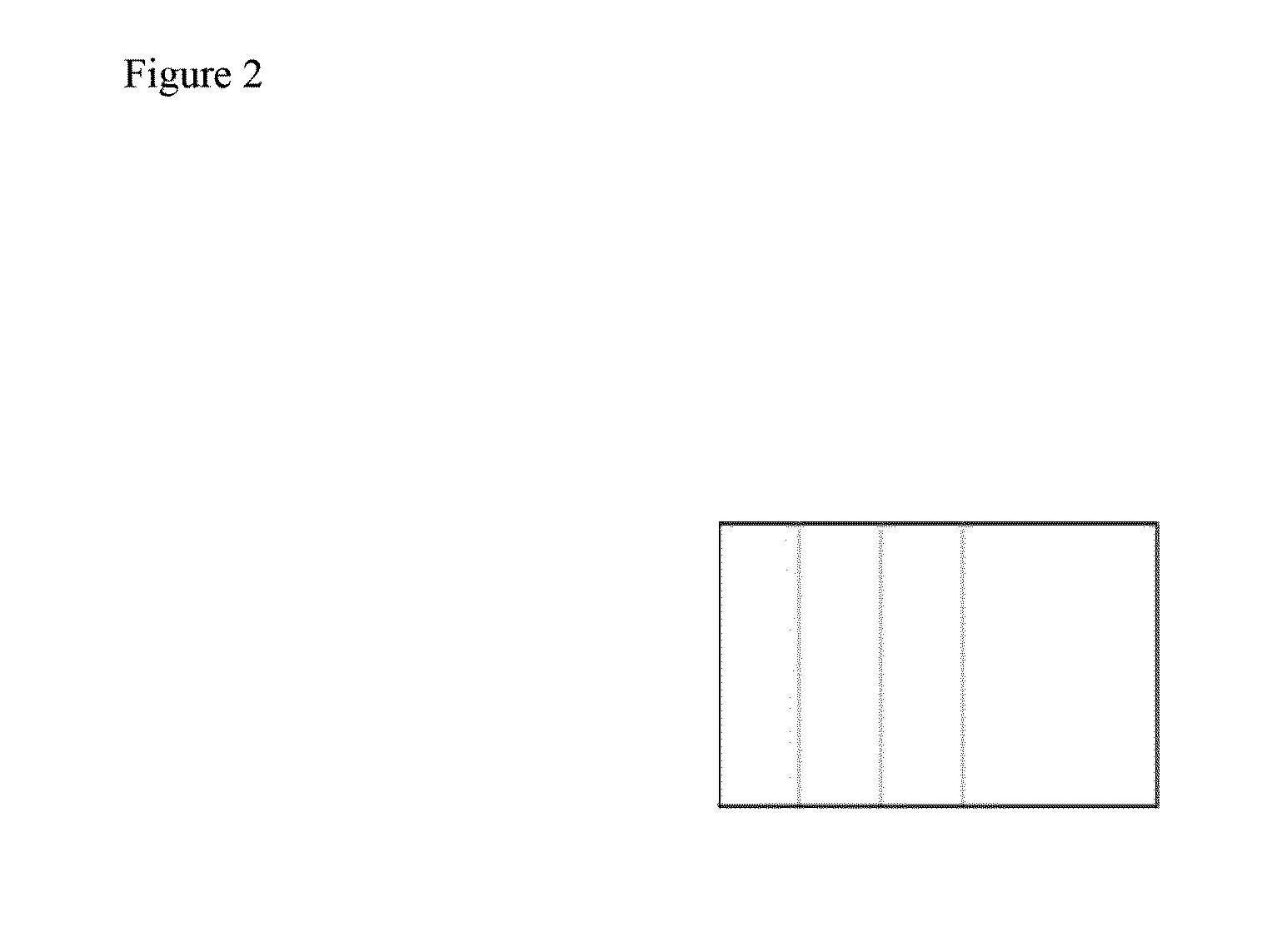Methods and kits for analyzing automotive fluids
- Summary
- Abstract
- Description
- Claims
- Application Information
AI Technical Summary
Benefits of technology
Problems solved by technology
Method used
Image
Examples
example 1
[0046]This test reveals oxidation products, sludge formation, dispersancy failure, glycol contamination, water contamination, fuel dilution, and high levels of particles in motor oil such as crankcase oil. One or two drops of used oil are placed on the surface of a page of the test paper provided in the kit. The test paper may be positioned flat so that all but the four edges of the paper are suspended. The test paper absorbs the oil drops over a period of seconds to a few minutes. Once the oil sample has been drawn into the pores of the test paper, the condition of the oil may be evaluated.
[0047]Visual inspection of the test paper containing the oil sample may be evaluated to assess characteristics of the oil as follows in Table 2:
TABLE 2colorless spot or slight yellowAcceptableDevelops dense, dark appearanceFail for DispersancyDevelops black pasty appearance; Shape ofFail Antifreeze Coolant insample may be irregular.the oilDevelops dark center with distinct outlineFail Severely ox...
example 2
Detection of Metals in Automotive Fluids
[0057]Ligands specific to gravimetric and colorimetric analysis were purchased from Sigma-Aldrich (along with samples of the metals to be tested as standards). Below are the general structures or phenanthroline and bipyridine (bipyridine is shown in two isomeric forms) the metal complexes of which are colored depending on the metal.
[0058]Each ligand was dissolved in 25 ml of 95% ethanol forming a 1 wt % ethanolic solution of each ligand, for each metal. Test papers were marked to distinguish three sections for application. The sections were soaked with each solution, separately and were left to air-dry.
[0059]A test sample was extracted by shaking with an equal volume of distilled water and allowed to separate. The water phase can be applied to the dry strips. The system was allowed to develop for about 60 seconds. The test strips were then compared against a chart or color legend for each metal giving some information about concentration. The ...
example 3
Construction of Papers for Detection of Metals in Automotive Fluids
[0064]Several wide strips of Whatman #4 filter paper (or equivalent without metals) were cut, and two slices were made in these wide strips so that three tails on the strip connected by a paper base were formed. Several strips were stacked, and each group of strips are bent out of each other's way. The following solutions were taken up by capillary action into each group of strips:[0065]0.5 grams alpha-benzoinoxime dissolved in 25 ml ethanol[0066]0.5 grams 1,10-phenanthroline dissolved in 25 ml ethanol[0067]0.5 grams dimethylglyoxime suspended in 25 ml ethanol
[0068]The saturated strips were allowed to air-dry, and the book of strips were flattened, stacked, and sealed in a polyethylene bag. There is little concern for cross contamination after the paper is dry. The base of the strip for the dimethylglyoxime solution were cut (nicked for nickel) to distinguish the lanes for expected colors.
PUM
 Login to View More
Login to View More Abstract
Description
Claims
Application Information
 Login to View More
Login to View More - R&D
- Intellectual Property
- Life Sciences
- Materials
- Tech Scout
- Unparalleled Data Quality
- Higher Quality Content
- 60% Fewer Hallucinations
Browse by: Latest US Patents, China's latest patents, Technical Efficacy Thesaurus, Application Domain, Technology Topic, Popular Technical Reports.
© 2025 PatSnap. All rights reserved.Legal|Privacy policy|Modern Slavery Act Transparency Statement|Sitemap|About US| Contact US: help@patsnap.com



